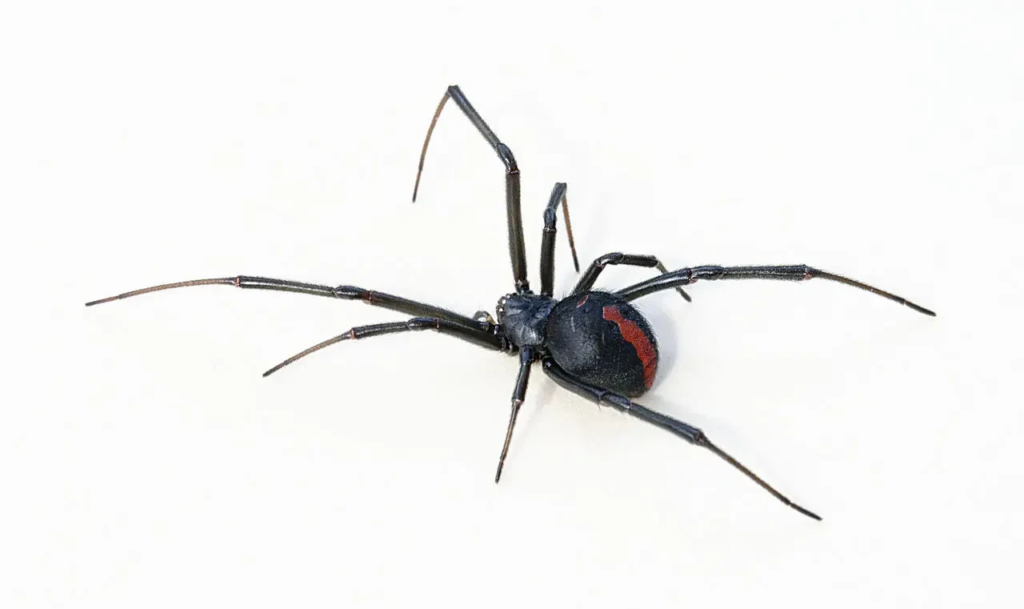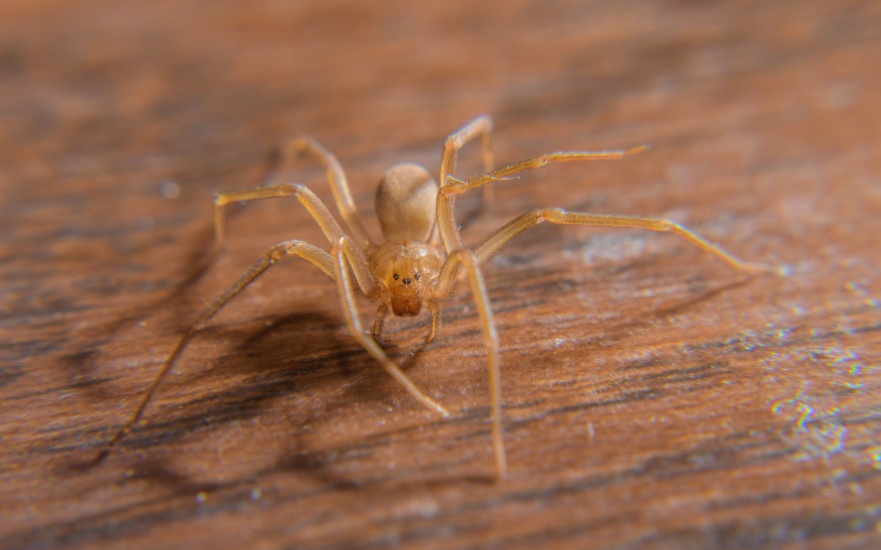Spiders can be both helpful and hazardous, depending on the species and how many are present. While a few spiders may assist in keeping insect populations down, a full-blown infestation is something entirely different—and often unsettling. If you’ve found yourself asking, what are the top signs I have a spider infestation in my home, this guide is for you. Spotting the warning signs early can help you prevent a serious pest problem and protect your family from the risks associated with venomous spiders like black widows or brown recluses.
Top Signs of a Spider Infestation in Your Home
1. Frequent Spider Sightings
Occasional sightings are normal, but if you’re seeing spiders daily or in multiple rooms, you may have a spider infestation. Keep a mental note of when and where you see them. Seeing spiders in high-traffic areas like kitchens, bathrooms, or bedrooms suggests the issue is widespread.
2. Multiple Spider Webs Indoors
One of the clearest signs you have a spider problem is the appearance of multiple spider webs throughout your home. Whether in corners, on ceilings, or behind furniture, webs signal that spiders are actively feeding and nesting. Different spiders build different webs—orb-shaped, funnel-shaped, or messy cobwebs. The more you see, the more active the infestation likely is.
3. Spider Egg Sacs
Wondering what are the top signs I have a spider infestation in my home? Finding egg sacs is a big one. These small, silk-covered balls may appear in closets, basements, or hidden corners. A single sac can hold hundreds of spiderlings, meaning one overlooked sac can quickly become a serious infestation.
4. Rising Insect Activity
Spiders follow their food. If you’re also noticing more ants, flies, or gnats, spiders may be close behind. Increased insect activity often creates a food source that attracts spiders to settle and multiply.
5. Unusual Spider Behavior
Most spiders are nocturnal and avoid human activity. But when spiders begin wandering around in the open during the day or appearing in unexpected places (like your bathtub or kitchen sink), it could indicate overpopulation or nesting nearby.

Why Early Detection of Spider Infestations Is So Important
Catching a spider infestation early gives you the upper hand. Addressing the issue before spiders lay multiple egg sacs helps prevent rapid population growth. Early intervention also protects your family from potential bites—especially from venomous spiders like black widows and brown recluses, which are found in Texas homes.
How to Prevent a Spider Infestation
Now that you can answer what are the top signs I have a spider infestation in my home, here’s how to keep your space spider-free:
- Declutter: Spiders love dark, undisturbed spaces. Keep closets, garages, and basements free of piles and boxes.
- Vacuum Regularly: Webs, egg sacs, and hiding spiders can be removed with frequent cleaning—especially in corners and under furniture.
- Seal Entry Points: Check and seal cracks, gaps, and damaged window screens.
- Control Other Pests: Reduce spider food sources by managing other insect issues.
- Minimize Moisture: Use dehumidifiers in basements or crawl spaces and fix leaky plumbing to reduce spider-friendly environments.
- Reduce Outdoor Lighting: Bright outdoor lights attract insects, which attract spiders. Use yellow “bug lights” when possible.
When to Call a Professional Pest Control Service
If you’ve identified several of the warning signs and are still wondering what are the top signs I have a spider infestation in my home, it’s time to get help. DIY methods may only scratch the surface. Professional pest control can identify nesting areas, apply safe treatments, and implement long-term prevention strategies.
At Vinx Pest Control, we specialize in effective spider removal and prevention in Dallas and surrounding areas. Whether you’re dealing with a few webs or a growing infestation, we have proven solutions tailored to your home.
Get Help from Vinx Pest Control Today
Don’t wait until an infestation spreads. If you’re spotting webs, egg sacs, or daily spiders, contact Vinx Pest Control for a free inspection and quote. We’ll eliminate spiders at the source and help prevent them from returning.



